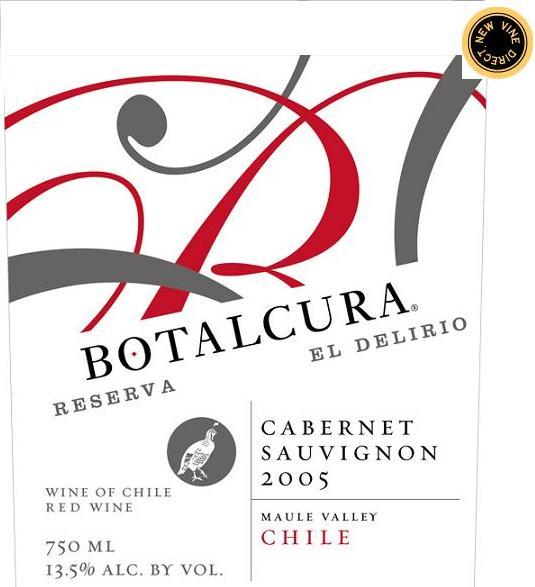2005 Maule Valley Cabernet Sauvignon
Botalcura Nvd El Delirio is a captivating expression of Cabernet Sauvignon from the esteemed Maule Valley, showcasing a deep ruby red hue that beckons with its inviting allure. This 2005 vintage offers a full-bodied profile, balanced by its pronounced acidity that brings a refreshing brightness to the palate. The fruit intensity is prominent, revealing luscious notes of dark berries and blackcurrants, complemented by subtle hints of spice and oak from careful aging. Tannins are firm yet polished, providing structure that enhances the wine's longevity while ensuring a smooth mouthfeel. This wonderfully crafted Cabernet Sauvignon, crafted with attention to detail, embodies the terroir of Maule Valley and is perfect for those seeking a rich and satisfying wine experience.
Botalcura Nvd El Delirio is a captivating expression of Cabernet Sauvignon from the esteemed Maule Valley, showcasing a deep ruby red hue that beckons with its inviting allure. This 2005 vintage offers a full-bodied profile, balanced by its pronounced acidity that brings a refreshing brightness to the palate. The fruit intensity is prominent, revealing luscious notes of dark berries and blackcurrants, complemented by subtle hints of spice and oak from careful aging. Tannins are firm yet polished, providing structure that enhances the wine's longevity while ensuring a smooth mouthfeel. This wonderfully crafted Cabernet Sauvignon, crafted with attention to detail, embodies the terroir of Maule Valley and is perfect for those seeking a rich and satisfying wine experience.




